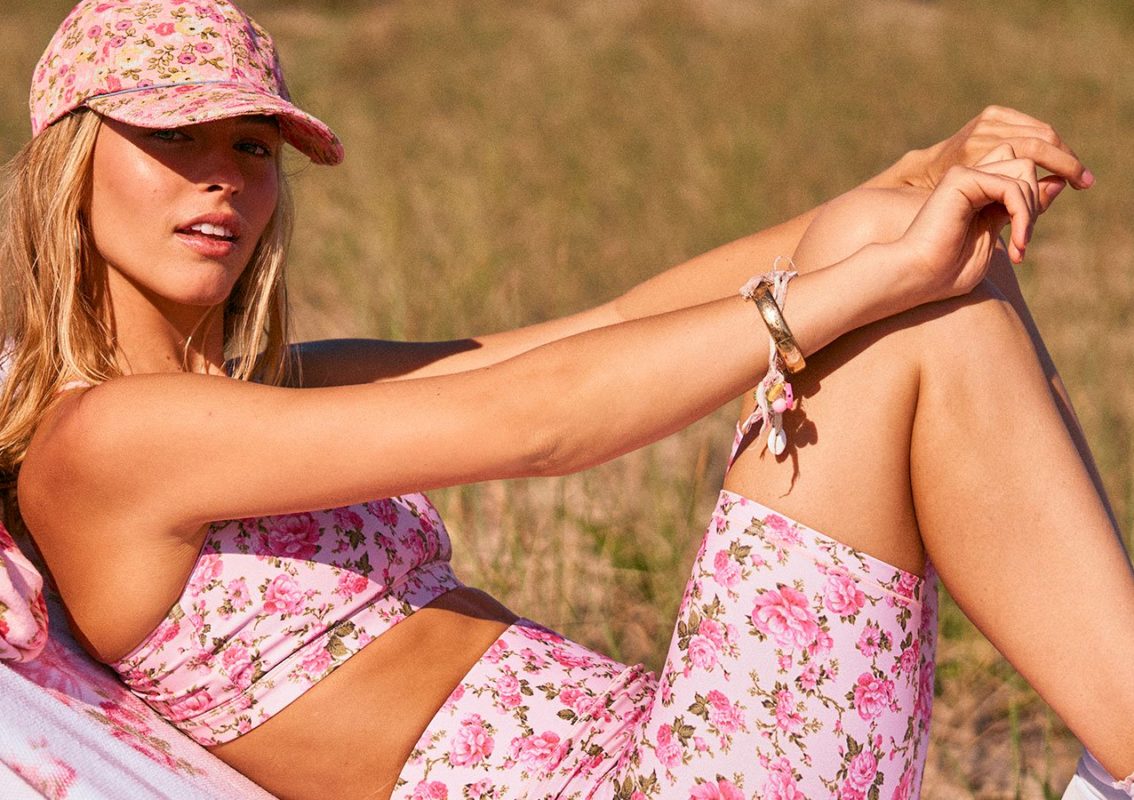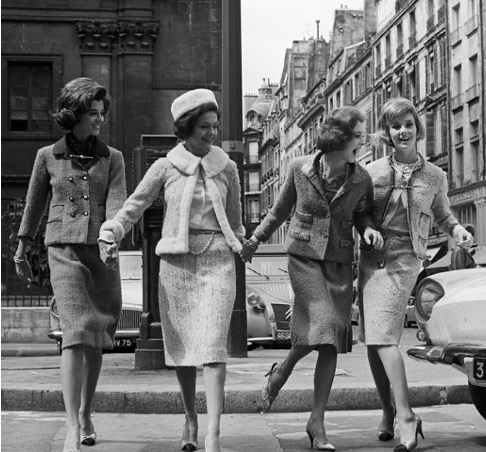Lately, it feels like you can’t even keep up with the trends that pop up on your Instagram feed. One day influencers are promoting a new dress or bag and the next it is considered out of style or “cheugy”. Don’t worry you’re not falling behind on the trends, they’re just moving faster than ever before.
Where did we start?
To understand how we got into a micro trend timeline, we have to look at slow fashion. The fashion cycle follows the structure of introduction, rise, peak, decline, and obsolescence. With a slow fashion approach, this typically takes a few months and trends can stick around for a couple of years. This allows slow fashion designers to release a spring/summer collection and a fall/winter collection. It also produces higher-quality garments that are made to last.

Where are we now?
As we moved into the digital age we began to see the trend cycle speed up. We are no longer waiting for a monthly magazine to arrive at our door and show us a curated list of what celebrities are wearing. Through the use of Instagram or Tik Tok, we can see in real-time what our favorite influencers are wearing. With the competitive nature and desire to make it big on these platforms, influencers have to post daily. This means influencers are wearing a new outfit or even several outfits for only one post. Brands also perpetuate the speeding up of the trend cycle by sending hundreds of influencers the same outfit at the same time. When the influencers open and post the same new clothes it makes the trend look oversaturated. However, when new PR packages are being sent out every month there is not enough time for everyone to wear the trend more than a handful of times.
Brands like Shein, Zaful and Fashion Nova contribute to this issue by making affordable or cheap dupes at record speeds. Using research and small to medium-sized factories, Shein can have a new product ready for sale in as little as three days.
Why does it matter if the trend cycle is getting shorter?
A few issues arise when we are living to fit into these micro trends. We are overconsuming, buying from unethical companies, and creating waste.
It’s true when they say all of your actions have consequences. In 2019, single-used outfits created 208 million pounds of waste. The fashion industry is the second-largest polluter of water. The conditions these garments are made in are unethical and dangerous. If you’re only paying a few dollars for a top, the person who is making it only receives a few cents. These companies also steal designs from small creators and designers.
All of this information is not to shame anyone into boycotting brands like Shein, rather to be more mindful of where your garments come from. In an age of fast fashion, it can be easy to feel left out. However, looking for your personal style can make you a more mindful consumer that doesn’t always seek out the latest trend.






